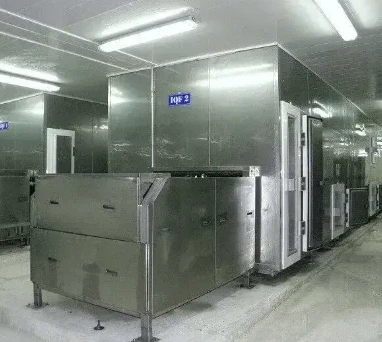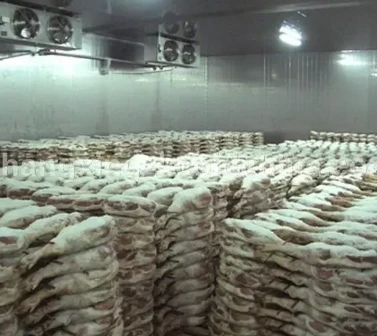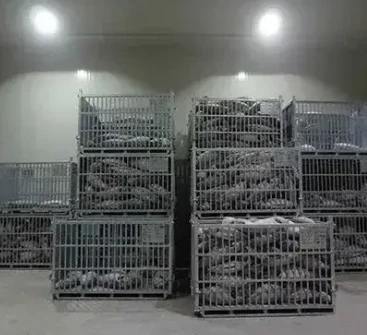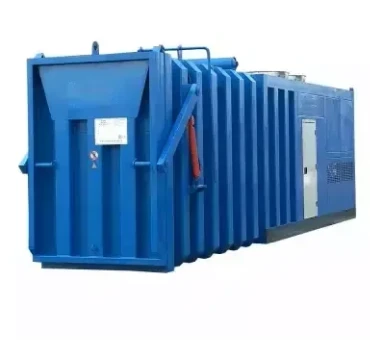Cold Room Maker
Cold rooms are specialized temperature-controlled environments designed to store perishable goods, chemicals, or other items requiring a stable climate. These rooms are crucial in industries like food and beverage, pharmaceuticals, and manufacturing. This article provides an in-depth look at the design, construction, and common uses of cold rooms. By the end, you'll understand why cold rooms are indispensable for many businesses and what factors to consider when building or choosing one.
To start, cold rooms are highly customizable. They come in various shapes and sizes to suit specific storage needs. The temperature in these rooms can range from just above freezing to sub-zero, depending on what’s being stored. Food industries often use them to keep meat, dairy, or vegetables fresh, while pharmaceutical companies use them to store vaccines and other temperature-sensitive drugs. The customization of cold rooms extends to their interiors, which can be equipped with shelving, racking systems, and other organizational features.
The construction of a cold room involves several key components. The insulation is crucial for maintaining a stable temperature, typically made from polyurethane foam or other high-density materials. Proper insulation ensures energy efficiency and consistent cooling. The doors of cold rooms are also specially designed to prevent air leaks and maintain the desired internal temperature. They often feature reinforced gaskets and heavy-duty locking mechanisms.
Another critical aspect of cold room design is the refrigeration system. This system keeps the room at the required temperature and consists of a compressor, condenser, and evaporator. Different types of refrigeration systems are available, with direct expansion (DX) and chilled water systems being the most common. Each system has advantages and is selected based on the specific needs of the cold room.
Ventilation and air circulation within a cold room are equally important. Proper airflow helps maintain consistent temperatures throughout the room and prevents hot spots or areas where condensation might build up. This is crucial for food safety and product quality, as uneven temperatures can lead to spoilage or contamination.
When selecting a cold room, several factors must be considered. The first is capacity; you need a room that meets your storage needs but isn't so large that it wastes energy. Next, consider the temperature range and whether it aligns with your storage requirements. Additionally, think about the location of the cold room within your facility. The proximity to loading docks and production areas can impact efficiency and workflow.
Safety is another important consideration. Cold rooms must comply with industry regulations and safety standards, including proper lighting, emergency exits, and alarm systems. These features ensure the safety of employees and protect the stored goods from damage or spoilage.
















































































































